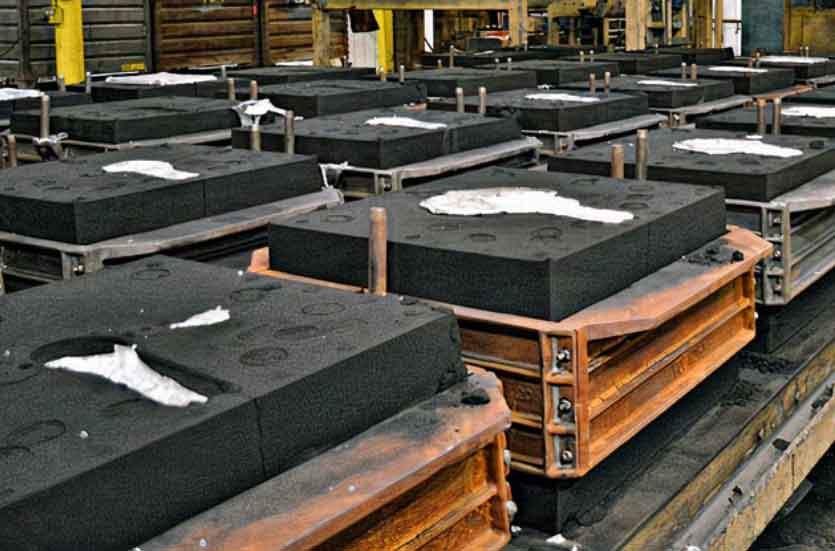
The sand grain size in resin sand casting significantly influences the surface finish of the final castings. The selection of an appropriate sand grain size is crucial for achieving the desired surface quality and overall casting aesthetics. Let’s explore how sand grain size impacts surface finish in resin sand casting:
Larger Sand Grain Size:
1. Coarser Surface Texture: Larger sand grains create a coarser surface texture on the casting. This texture can be desirable for certain applications where a rough or textured surface finish is needed.
2. Reduced Detail Reproduction: Coarser sand grain size may lead to a reduced ability to reproduce intricate details, resulting in less defined features on the casting surface.
3. Improved Permeability: Coarse sand grains generally improve the permeability of the mold, allowing better gas and steam escape during the metal pouring process.
4. Higher Porosity: Large sand grains may create more significant gaps in the mold, leading to increased porosity in the castings.
Smaller Sand Grain Size:
1. Smoother Surface Finish: Smaller sand grains result in a smoother surface finish on the casting, making it suitable for applications that require a refined and polished appearance.
2. Improved Detail Reproduction: Finer sand grain size allows for better reproduction of intricate details, providing a higher level of accuracy in the casting.
3. Higher Dimensional Accuracy: Smaller sand grains contribute to improved mold compaction and reduced mold shifting, resulting in higher dimensional accuracy in the castings.
4. Reduced Porosity: Finer sand grains create a tighter and more compact mold, reducing the chances of porosity in the castings.
Balancing Sand Grain Size:
The choice of sand grain size in resin sand casting involves a trade-off between surface finish, detail reproduction, dimensional accuracy, and porosity. The ideal sand grain size is often a balance between achieving the desired surface finish while still ensuring good mold permeability and avoiding defects like porosity. It also depends on the complexity of the casting design and the specific requirements of the application.
Surface Treatment:
Regardless of the sand grain size, post-casting surface treatments like grinding, sandblasting, polishing, or painting can be used to further refine the surface finish and meet the desired aesthetic and functional requirements.
The sand grain size is a critical factor influencing the surface finish in resin sand casting. The selection of an appropriate grain size requires careful consideration of the desired surface texture, detail reproduction, dimensional accuracy, and porosity levels in the castings. By choosing the right sand grain size and employing suitable surface treatment techniques, manufacturers can achieve high-quality castings with the desired surface finish for a wide range of applications.
